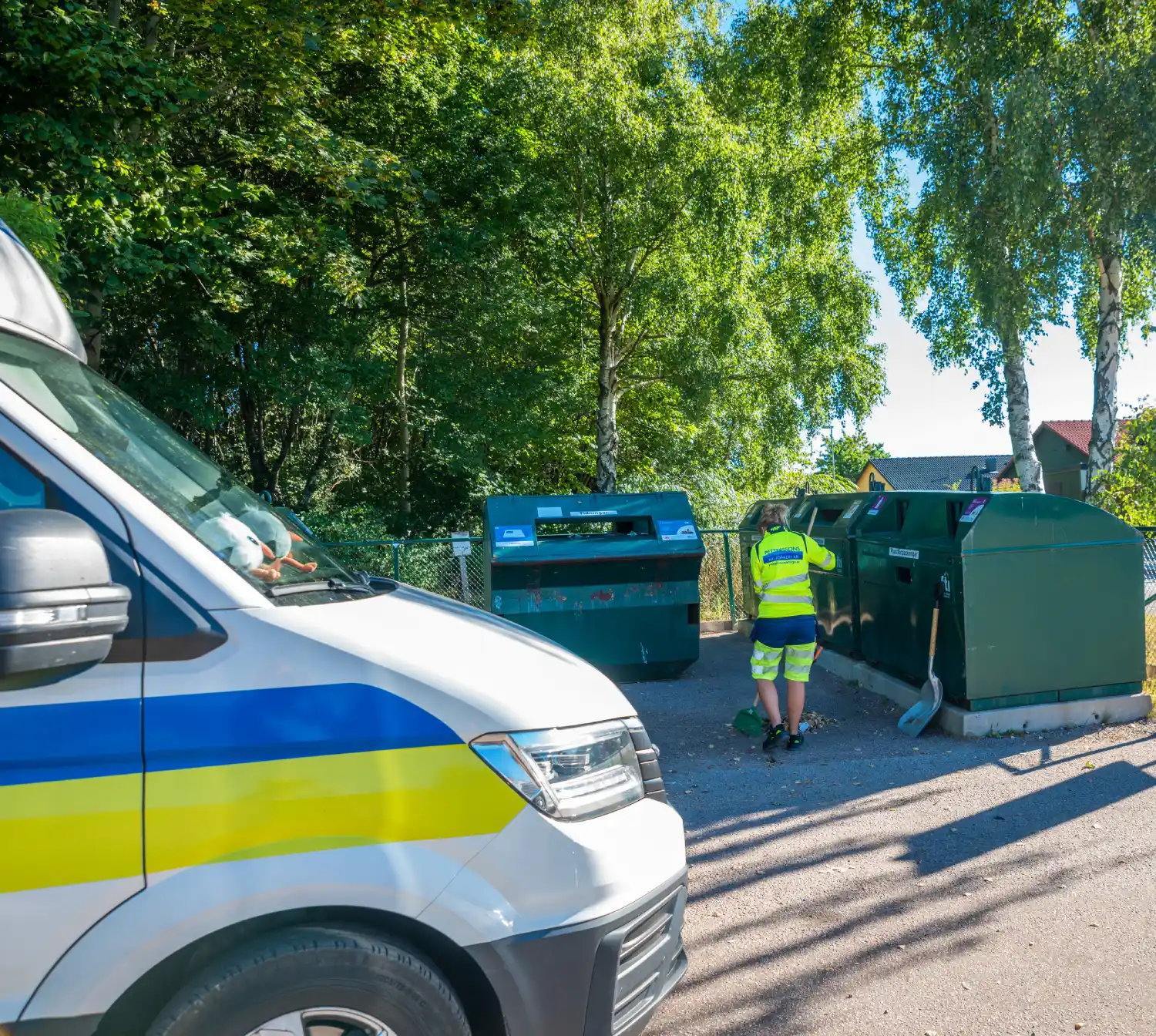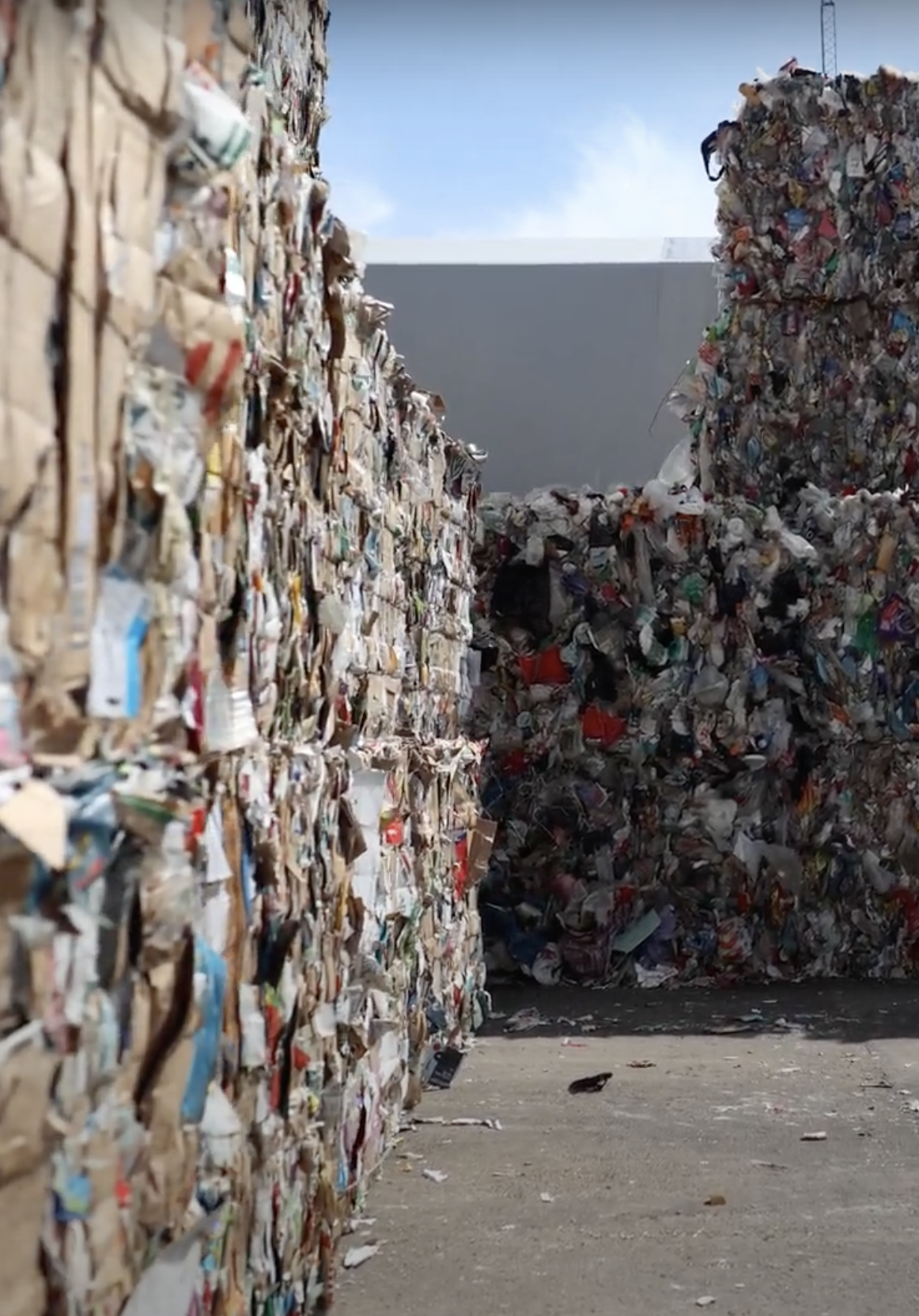How to Start a Recycling Program with the Help of a Professional Company
How to Start a Recycling Program with the Help of a Professional Company
Blog Article
Recycling plays an essential role in environmental sustainability, and knowledge the method behind it can reveal how natural materials get a brand new life. Recycling Company (Återvinning Företag) follow a organized workflow to ensure waste products are effectively transformed into reusable products. This method not merely decreases any risk of strain on normal assets but also minimizes environmental pollution. Here's a step-by-step look at the way the recycling method unfolds—from variety to repurposing.
Step 1: Collection and Sorting
The first step in recycling could be the number of recyclable waste. Residential, commercial, and commercial sources lead to this supply of materials. Spend is typically obtained through curbside programs, drop-off centers, or bulk collection systems. After gathered, the components are transported to a recycling service for sorting.

At the center, innovative organizing techniques are accustomed to split up materials like paper, plastics, metals, and glass. Information work is usually coupled with sophisticated engineering, such as for instance infra-red scanners and magnets, to improve organizing accuracy. A well-executed selecting method ensures correct categorization, which really is a critical part of maintaining substance purity.
Step 2: Cleaning and Preparation
When sorted, products have to be washed to eliminate pollutants like food residue, soil, or labels. For example, plastics are rinsed thoroughly before being shredded in to smaller pieces, while materials are removed of impurities. Washing guarantees the recycled substance keeps their integrity and can efficiently be organic material in manufacturing.
Particular types of components also undergo preliminary control to create them suitable for recycling. For instance, report goods are pulped and de-inked to prepare them for recycle as fresh paper products.
Step 3: Processing and Transformation
Following washing, products are refined and organized for repurposing. Materials may be melted down and reshaped into pellets, metals are smelted in to bars or blankets, and glass is crushed into cullets for sell in new glass products. At this period, products are converted right into a standardized variety that serves as a foundation for production new items.

Step 4: Repurposing into New Products
Eventually, the prepared resources are sold to makers who turn them into new products. Recycled materials might become outdoor furniture or apparel, while materials may be crafted into structure components or new appliances. Applying recycled resources guarantees a closed-loop system, lowering the requirement for virgin resources.
The recycling method is essential in strengthening rounded economies and marketing sustainability. By following these delicate steps, recycling organizations breathe new living into components that could otherwise contribute to landfills. Understanding that workflow can motivate customers and corporations alike to prioritize recycling and produce mindful possibilities regarding waste. Report this page